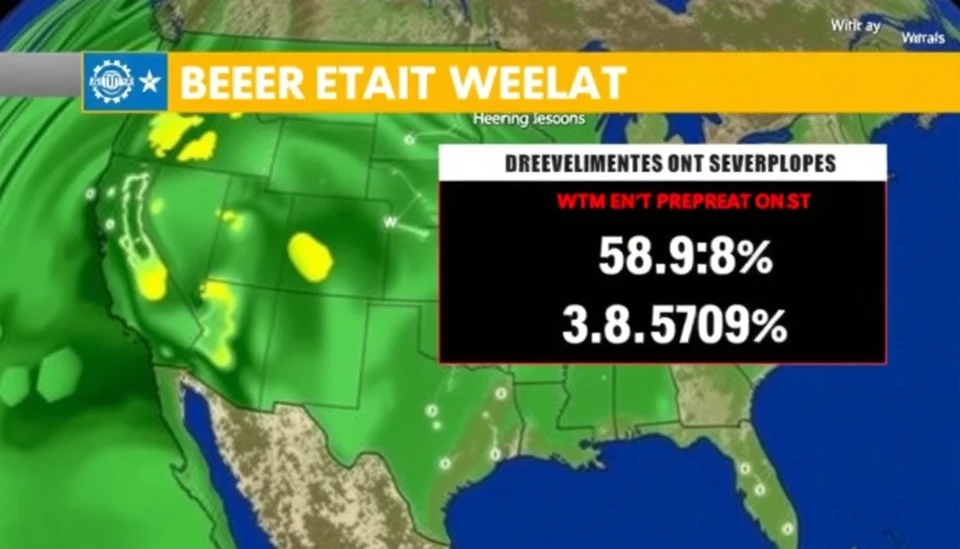
As the United States braces for a potential wave of extreme cold weather, concerns regarding the reliability of the power supply system have surfaced. The impending temperature drop, predicted to affect large swathes of the nation, could strain the electrical infrastructure, posing significant challenges for grid operators and consumers alike.
The forecast indicates that a significant portion of the Midwest and Northeastern United States could experience unusually low temperatures, with some regions expecting to dip below freezing. These frigid conditions not only threaten public safety but also the operational capabilities of power generation facilities. Experts warn that the extreme cold may increase energy demands as households turn up their heating systems, possibly overwhelming grid resources.
Utilities across the affected areas are closely monitoring the situation, anticipating a surge in electricity consumption. However, several factors could complicate the response. Historical data shows that prolonged periods of cold can lead to equipment failures, particularly among older natural gas and coal-fired power plants that may struggle to operate efficiently under such adverse conditions.
Add to this the ongoing challenges in the energy market, which include supply chain disruptions and geopolitical tensions impacting fuel availability. The intricate balance of generating sufficient electricity while maintaining reliability has leaders in the industry wary of potential blackouts in the coming days. Grid operators are implementing emergency protocols, which include rerouting energy flows and activating backup generation resources where possible.
The situation is closely watched by government officials and energy experts, who have emphasized the importance of strategic planning and emergency preparedness in what has become an increasingly volatile weather landscape. Previous cold snaps have already illustrated the vulnerabilities within the system, such as those experienced in the 2021 Texas winter storm, where millions lost power for extended periods due to an overwhelmed energy grid and unexpected equipment failures.
The heightened risk of power outages has prompted officials to urge consumers to conserve energy where they can, particularly during peak demand hours. Residents are encouraged to ensure their heating systems are functioning properly and to prepare for the possibility of power disruptions. Local agencies are advised to share information on warming centers and resources available for those needing assistance, particularly vulnerable populations unable to stay warm through severe weather.
In the larger context of climate change, experts suggest that such extreme weather events and the resultant energy crises may become more frequent, demanding a renewed focus on infrastructure resilience and modernization to withstand the pressures of an evolving climate system. The conversation surrounding energy policy and infrastructure investment has never been more urgent as stakeholders from various sectors grapple with the implications of these challenges.
As the nation watches and waits for the cold front to hit, staying informed and prepared will be vital for ensuring safety and maintaining the integrity of the critical power supply. Residents are encouraged to keep updated with local utility announcements and emergency management agencies as conditions develop.
In conclusion, the upcoming extreme cold events pose a formidable risk to the existing power supply network in the U.S. As temperatures plunge, vigilance and preparedness from both the utility companies and the consumers will be key in navigating this impending crisis.
#EnergyCrisis #SevereWeather #PowerSupply #ColdWeather #Infrastructure #ClimateChange #Energypolicy #GridReliability #WinterStorms #SafetyFirst
Author: Peter Collins




